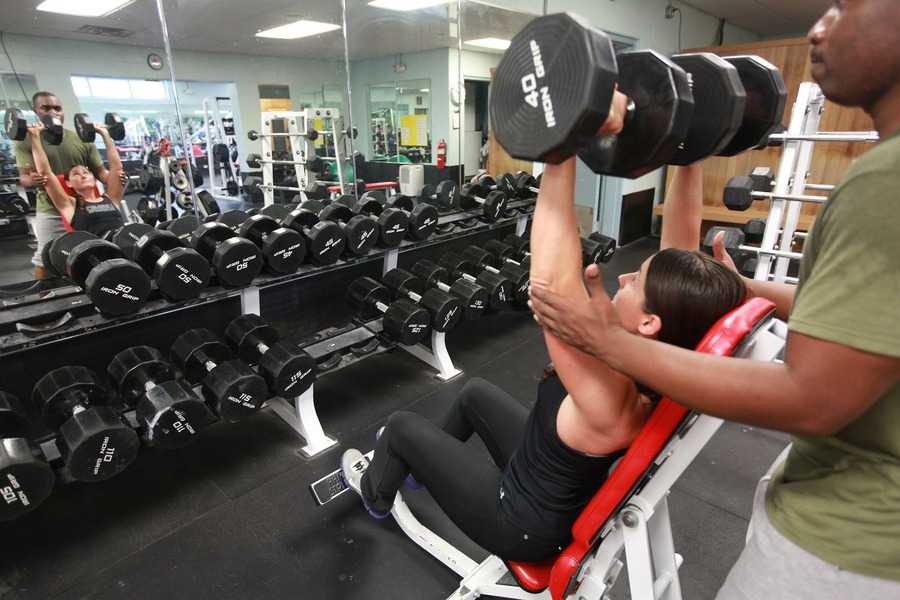
What would a mental health workout look like?
If you want to improve your physical fitness, you might work out. Maybe you would eat a high protein breakfast, hit the gym, do a warm-up followed by some intervals and then take a warm bath to recover afterwards. But what about mental wellness? What would a training session look like? What specifically would you do?
In this article, I will lay out a possible day dedicated to mental resilience.
Nutrition
For pumping out guns, we need lots of protein and might try carb loading.
For wellbeing, we don't need quantity, but we do need a rich and nutritious diet. Many vitamins and minerals impact our mental health including Vitamin D, Vitamin B12, potassium, iron and tryptophan.
Oily fish or shellfish is brilliant at providing much of this. So, we might grab a smoked salmon bagel for breakfast or prawn sandwich for lunch. For a vegan option, a salad with plenty of nuts and seeds in it would be a perfect choice.

Warm-up
If you're going to hit the gym hard, you need to warm up your body up for the stress to come. This typically involves gentle exercise, becoming more rigorous and then stretching up, preparing our muscles for the workout.
When we want to warm our mind up, mindfulness is a great option.
Sitting down for ten minutes and doing a mindfulness meditation will help train ourselves to stay in the moment when we're working out.
Workout
In physical training, this would be the main event. It might be an intense run, lifting weights at the gym, playing the game of a particular sport or maybe interval training.
The concept behind training is that you overload what your body can do. You push it to the limits. Your body then adapts to this new level of intensity, and you find you have stronger muscles and better fitness.

Wellness works the same way. Maybe it is doing some exposure therapy on our anxiety or OCD issues. By stretching ourselves, our mind will adapt and expand our comfort zone.
Or maybe it is attending a therapy session of group work.
Or maybe it is literally hitting the gym. After all, exercise is good for mental health, even if it is more difficult to get to when our mood is low.
It is important not to go beyond your limit. Because, just like physical exercise, if we push ourselves too far we may snap and do ourselves an injury. Gently pushing our limits each time is a more effective strategy.
Recovery
After a workout, it is important to cool down and give your body some recovery time. This allows your body to heal itself from the pressure it has been under. It is also an important step in the overload, adapt, increasing fitness cycle.
With physical fitness, you might jump in a warm bath or hot tub at the gym.
Mental recovery is important, too. You only have so much willpower: it's a limited resource. Constantly subjecting our brain to stress will trigger high levels of cortisol, which is bad for us in the long run.
Therefore, we need to give our brain some time off. This is designated relaxing time: not time to do your chores, or things for the family, or get another hour in at work. I'm talking about explicit "me" time. We can often feel guilty for taking this time: but our health has to come first.
Find something you truly enjoy doing and time box it as something you have to do. Spending an hour scrolling through social media doesn't cut it because it's bad for you.
It could be that hot bath (maybe even with a glass of wine, if you drink alcohol). But maybe it's going for a walk (nature is brilliant), playing video games, reading, gardening, whatever floats your boat.

Summary
In this article, we explored the idea of what a "mental health workout" would look like, and how it would match up to a physical workout. We looked at nutrition, warm-up, the session itself and recovery.
Having your own wellness workout can be a great way to tackle your issues and anxieties and improve your mental resilience. This might be a template for you to do just that.
Related articles
Metadata
Published 9 October 2017. Written by Chris Worfolk.

